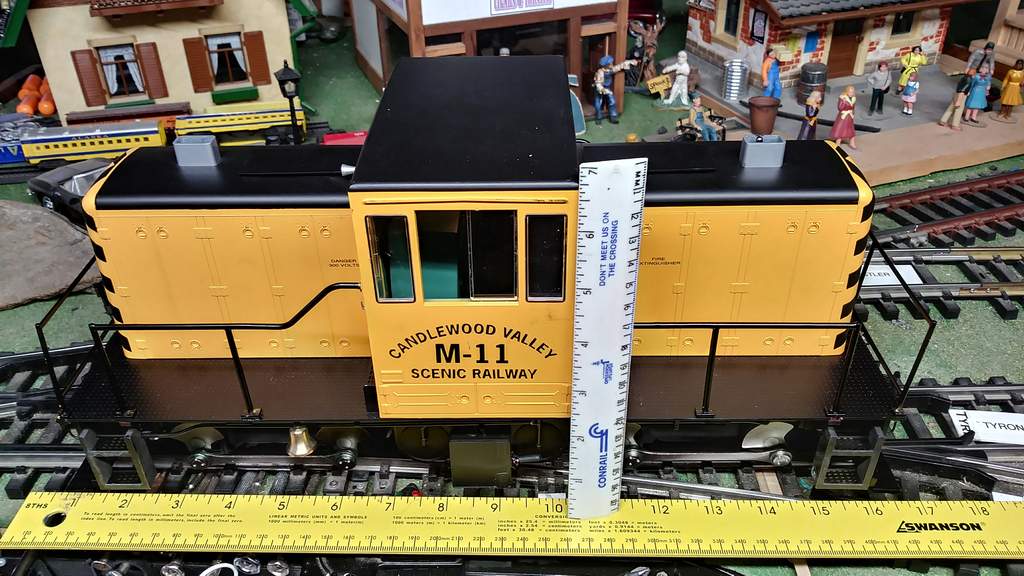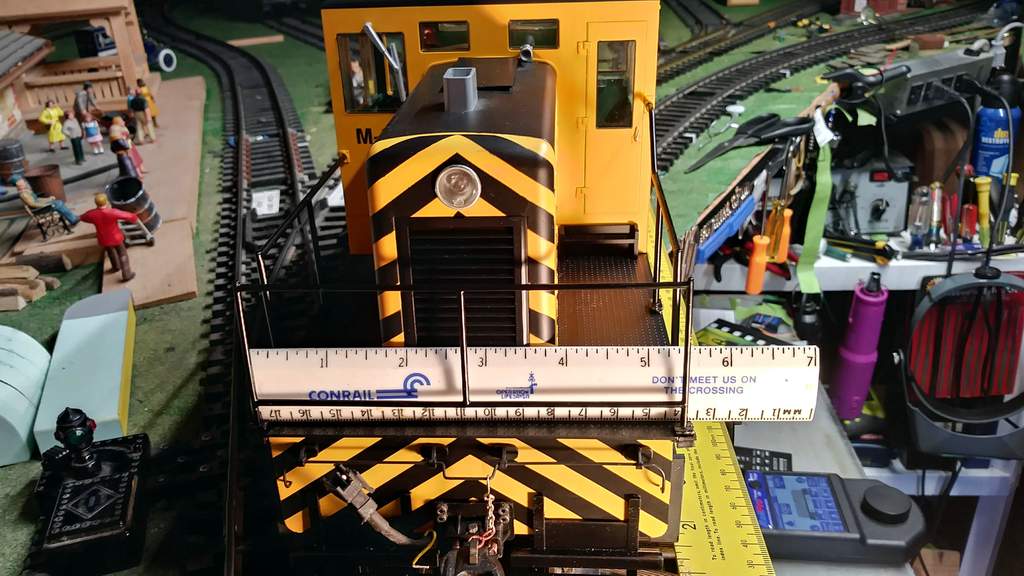Since I have not seen one of these in person I would like a little info from those who have. My layout is all 1:22.5 scale (LGB), which makes it just about impossible to run any of the USA Trains engines (1.29) and other engines that are not my scale size, they just don’t look correct for my liking. I pretty much compare other engines to my LGB Alco’s and the #50 switcher which I know are a odd size compared to others. I guess if I was starting all over again I would go with the USA Trains scale of 1.29, but just not going to do that at this point. So this brings me to the question how does the Bachmann 45ton switcher match up to the LGB Alco’s, like White Pass and Rio Grande engines. I’d like a good answer by a modeler who looks and scale and size, not so much if the couplers match up and just running trains for the hobby fun. I did watch a video on YouTube on the 45toner and they personally thought the switcher was over sized for the 1:20.3 scale which will make too large for the LGB scale. Just your thoughts on this would be appreciated, thanks, and yes, size matters. Pics of my new switching layout under construction below.
trainman




.jpg)
.jpg)


.jpg)
.jpg)
.jpg)